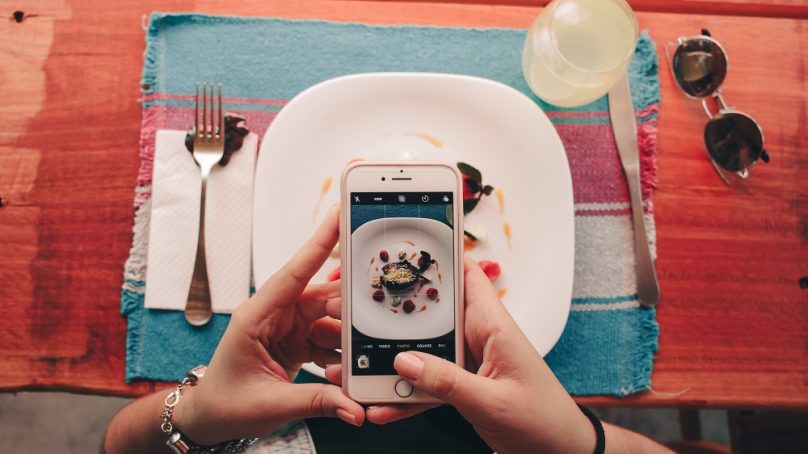
According to EHL insights, seven new trends will stand out in the F&B industry this year.
Online ordering systems and delivery apps
With restrictions imposed on restaurants due to the outbreak of COVID-19, online food orders and contactless home deliveries are here to stay. Third-party food delivery apps, such as UberEats, Foodpanda and Talabat, will continue to be a valuable solution for establishments that are not able to offer in-house ordering and delivery services. But as many diners report a preference for ordering directly from restaurants, we can expect to see restaurants following the lead of larger fast-food chains and investing in developing their own integrated online platforms and apps.
Contactless payment
Contactless technology is going mainstream, and it’s not just about placing an order online but also about paying with a smartphone, smartwatch or smartcard via an app or touchless device. New payment technologies have been gaining momentum slowly within the global restaurant industry, and this trend has accelerated as a result of the pandemic. It’s estimated that contactless payments will triple from $2 trillion to $6 trillion worldwide by 2024. The cashless system is more hygienic and safer, and it’s quick, instant and convenient.
Online table reservation system
Booking a table via a phone call is becoming a thing of the past as online table reservation technology takes on a new significance. Providers like Eat App or OpenTable give customers the freedom to see available slots and make their own booking on the go. In turn, by using technology-enabled reservation systems, restaurants can manage seating, waiting lists, customer loyalty and dining preferences as well as collect vital client data, whether it is for contact tracing or market insights.
Digital kitchen ‘boards’
There’s no need to grab paper and a pen, worry about smudged printed tickets or run back and forth between the kitchen and front of house. Kitchen Display Systems (KDS) are a digital menu board for kitchen staff, helping restaurants streamline back-of-house operations. Directly linked to the restaurant’s point-of-sale (POS) system, the screen displays orders automatically according to priority, flagging special dietary requests. Tracking meal delivery times and monitoring inventory to signal when a product is out of stock, this technological solution ultimately ensures better communication, accuracy, clearer workflows and – being 100 percent digital – promises a more sustainable kitchen operation.
Automated inventory management software
Automating your inventory management means tracking food and beverage stocks, anticipating quantities and even scheduling reorders no longer need to be time-consuming tedious tasks. Very importantly, the implementation of such software in your working process can also reduce food wastage, which is reportedly costing the hospitality industry USD 100 billion annually. Through cutting-edge artificial intelligence (AI) technology, companies are helping restaurant owners and managers cut food waste and costs, and run their businesses more efficiently and sustainably.
QR codes
QR codes are going global and popping up at restaurants around the world. In this ‘no-touch’ era, auto-scanning barcodes with smartphone cameras on posters, tables, coasters, doors or websites allows customers to access online menus, order and pay – without contact – keeping diners and employees safe. This technology, which doesn’t require downloading an app, has also played an essential role in helping restaurants with contact tracing, which is now mandatory in many parts of the world.
Air purification technology
As diners return to restaurants, it’s going to be critical to make them feel safe and comfortable. Upgrading sanitization systems through various air purification technologies to promote ‘clean air’ is a growing focal point for the restaurant industry.
Harmless-to-human technology like bipolar ionization, which purifies the air and surfaces in indoor spaces by neutralizing contaminants, is already showing promising results and establishing a place in the market. So too are systems which make use of ultraviolet light. While these concepts and products may not yet be mainstream, they are fast becoming important restaurant technologies in a virus-wary world.
















